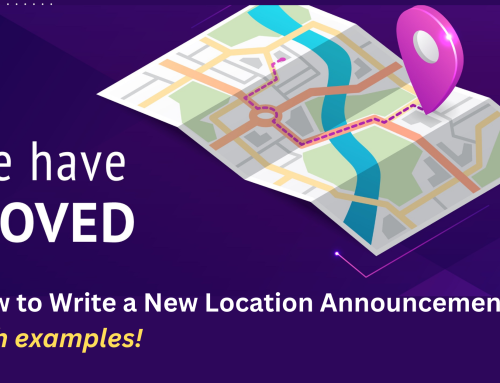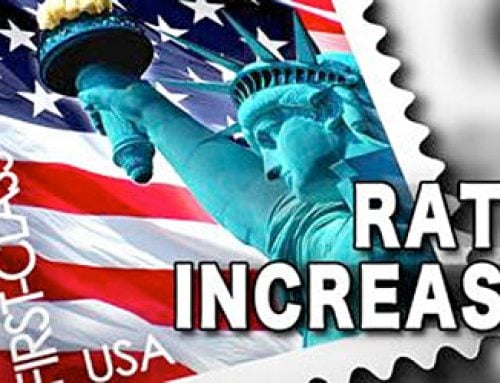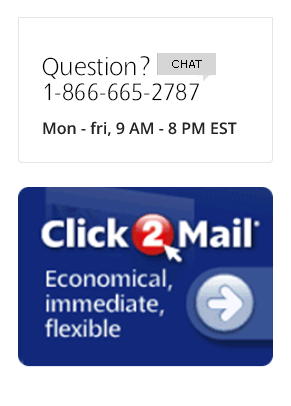This is the third of our four-part series on direct mail’s most popular format, the postcard. In the previous articles, we covered why postcards work so well, and how to create the most effective postcard design. Now we’ll talk about tracking your results and testing different variables to achieve maximum return on investment.
Tracking responses tells you what recipients are motivated by, who they are, and how they choose to respond — factors you’ll use to make your next mailing even more effective. Here are some ideas for adding a tracking element to your postcard:
• Coupon code. Whether your offer is in-store or online, you can learn exactly who is responding to your postcard by giving it a unique coupon code that customers must use to redeem the coupon. Bed Bath & Beyond’s coupon postcards also have the entire indicia/address area inside the dotted lines, giving them access to full customer information after the coupon is redeemed.
• QR code. Include a scannable code that takes customers to your website or mobile app. To get a QR code, Google “generate QR code” and take your pick of websites; most of them are free. And don’t forget to give people an incentive to take out their mobile devices and scan.
• Landing page. Create a special landing page on your website that reflects the offer in the postcard. This is proven to get better response rates than simply directing recipients to the main home page and leaving them to hunt for the information; plus, you’ll know they’re responders to that particular postcard, not just random visitors. Once they’re on your site, the back-end analytics can capture more information about them.
Testing different formats gives you the cold, hard facts about what works and what doesn’t. Marketers call it split testing or A/B testing: you mail out two postcards that are identical in every way except for one element, and then you see which gets the best response. Elements you might want to test include:
• Messaging. Do customers prefer “50% off” or “buy 1 get 1 free”? What is their biggest motivator: pricing, product benefits or urgency? Does a personalized message have more impact? Which call-to-action works best: “buy now” or “learn more”?
• Design. Colors, images, fonts and layouts are all variables worth testing. Something as simple as replacing three small photos with one big one can make a significant difference in your results.
When you’re looking at your numbers, it’s important to differentiate between gross response (the total number of people who responded) and net response (AKA conversions: people who bought your product). You’ll also want to know the quality of the leads acquired and the cost per acquisition when deciding whether to pursue any particular tactic.
Analytics like these take the guesswork out of creating a successful postcard campaign. If you have any questions about setting up a split test or incorporating a tracker in your Click2Mail postcard, please give us a call.





